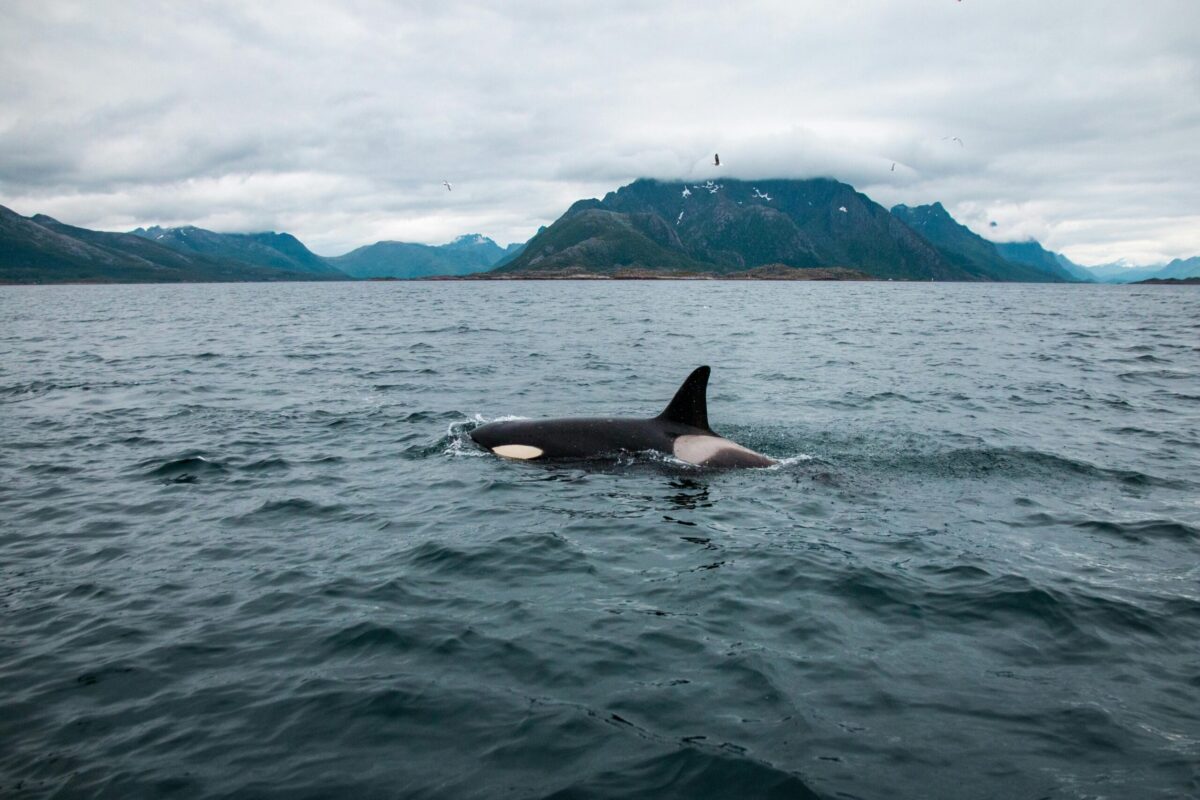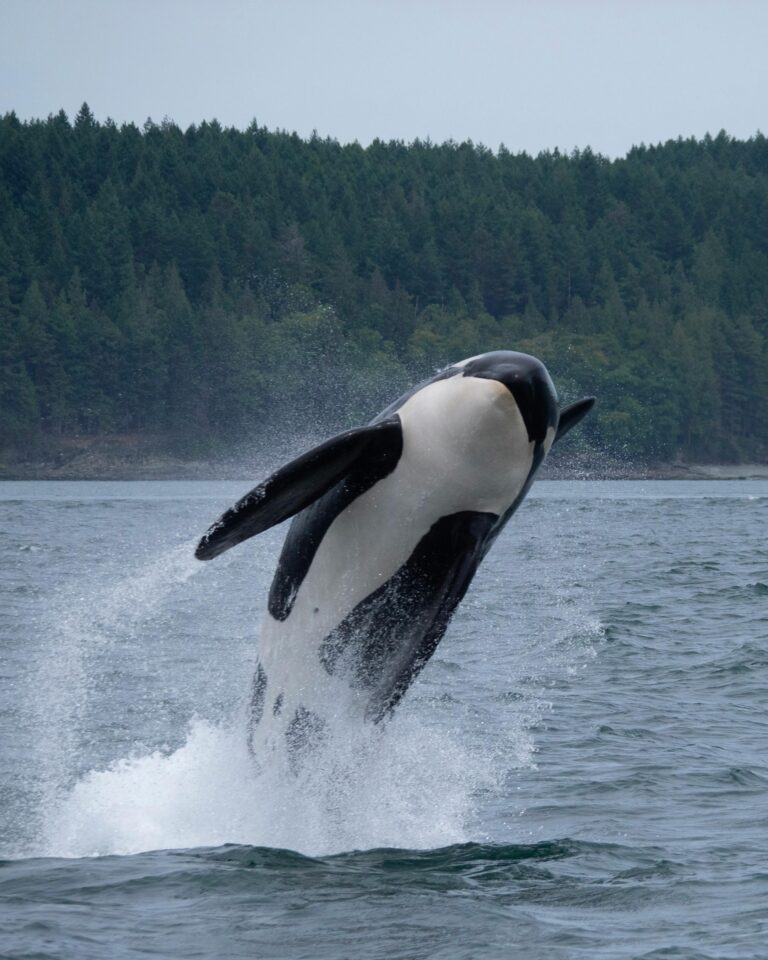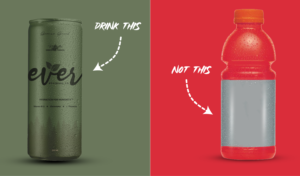
The underwater world is alive with sounds that often go unnoticed by humans. Beneath the surface, the ocean is a dynamic soundscape, where noises travel farther and faster than they do in the air, creating an acoustic environment vastly different from our own.
In the Pacific Northwest, home of Ever, orcas glide through the waters against a backdrop of misty rainforests. The Salish Sea, a body of water that stretches between Washington State and British Columbia, is home to these majestic creatures. However, this serene setting also bears witness to the constant movement of large ships, which are vital to the trade routes that connect major ports like Seattle and Vancouver.
On land, the sounds of these vessels are distant, almost imperceptible. Yet, for the marine life below, the noise is overwhelming. Scientists have likened the impact of this underwater racket to the destruction of natural habitats. For creatures like orcas, which rely on sound for almost every aspect of their lives—from finding food to staying connected with their pods—the incessant noise can be disorienting and harmful. It’s comparable to living in a house under a busy highway, where the constant din becomes inescapable.

These orcas, particularly the Southern Resident Killer Whales (SRKWs), are emblematic of the Pacific Northwest but are now at risk. The population, once abundant, has dwindled to just 74 individuals. Decades ago, the SRKWs were heavily impacted by capture for marine parks, and they have struggled to recover ever since. They are now facing multiple threats, including noise pollution, which exacerbates their challenges.
Orcas are not only intelligent but also deeply social animals, each group with its unique behaviours and diets. The SRKWs, for instance, have a particular preference for chinook salmon, which has become increasingly scarce. These orcas use a complex system of vocalizations to communicate and coordinate their hunts, but the noise from ships drowns out their calls, making it difficult for them to catch the few remaining fish.
The fate of the SRKWs is a grim reminder of the cumulative impact of human activity on wildlife. Despite extensive research and knowledge about these whales, they remain on the brink of extinction. If current trends continue, they could become the first species to vanish despite our deep understanding of their needs and challenges.
One promising solution, championed by marine conservationists, is to reduce ship speeds in key habitats. Studies suggest that slowing down vessels can significantly reduce noise levels, giving the SRKWs a better chance to communicate and hunt effectively. Unfortunately, without mandatory regulations, this measure remains voluntary and is not widely adopted.
Raising awareness about the plight of these orcas and advocating for stronger protections could help change this. Organizations like Oceans Initiative are leading the charge, providing the research needed to inform policy changes. By taking action now, we might still have a chance to ensure that these remarkable creatures continue to thrive in the Pacific Northwest’s waters.




